Benefits of haritaki, dosage, side effects, and how to use?
What is Haritaki? Discover the ancient secrets of Ayurveda and haritaki benefits, dosage, side effects and how to use with our …
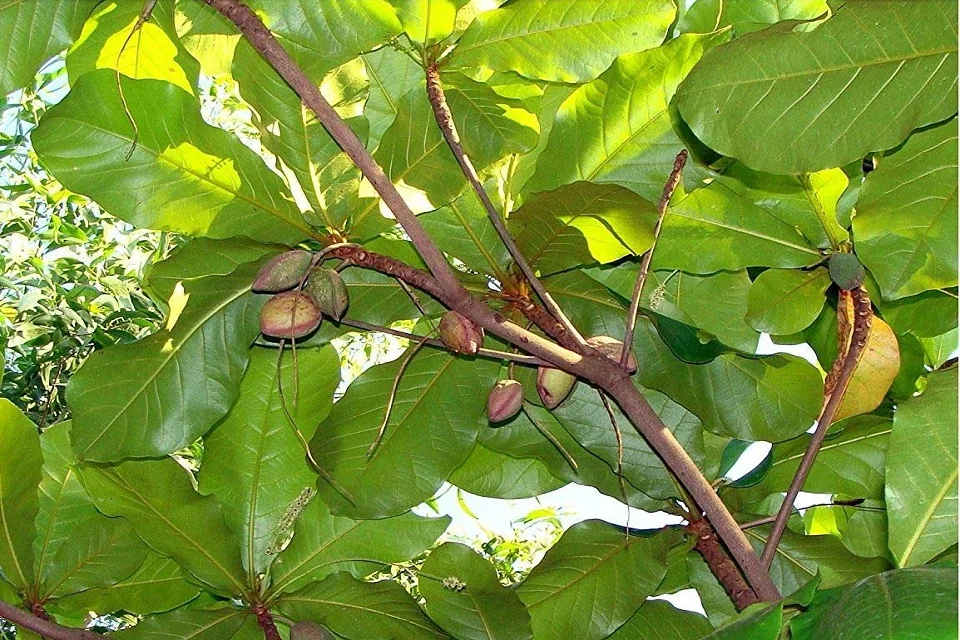
What is Haritaki?
Discover the ancient secrets of Ayurveda and haritaki benefits, dosage, side effects and how to use with our comprehensive guide. Ayurveda, the traditional Indian system of medicine, has been revered for centuries for its holistic approach to health and well-being. At the heart of this ancient practice lies the Haritaki herb known for its remarkable healing properties. Join us on a journey as we delve into the depths of Ayurvedic wisdom and explore the remarkable connection between Haritaki and Triphala, a powerful Ayurvedic formulation. From its origins in ancient texts to its modern-day applications, we will uncover the myriad benefits of Haritaki, including its ability to support digestion, improve cognitive function, and promote overall vitality. Whether you are a seasoned practitioner of Ayurveda or a curious soul seeking natural remedies, this guide will provide you with the knowledge and tools to harness the full potential of Haritaki and experience the transformative power of Ayurveda.
Harde or haritaki is the name given to the tree Terminalia Chebula which contains the Haritaki herb. As an Ayurvedic herb, Haritaki is used to treat a multitude of ailments, including digestive problems and respiratory tract infections. It is also used as a general tonic and rejuvenating and is an excellent source of anthocyanins and B vitamins. The active components of Haritaki include chubulic acid, tannins, and anthraquinones. When taken daily, Haritaki offers a plethora of health benefits.
Harde in Ayurveda
Among the earliest references Acharya Panini described it for Mutra Purish nirodha (Anurea and Constipation) treatment. Haritaki is one of the important herbs used by households and Ayurveda. It is one of the ingredients of Triphala. Acharya Charak mentioned it as the best among the herb to be used regularly (Ch.Su.25). In Chikitsa sthana it is mentioned as Rasayana.
What is Morphology of Terminalia chebula?
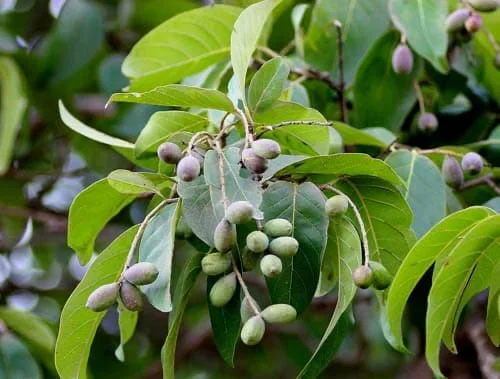
Latin name– terminalia chebula retz. (Fam. Combretaceae)
Terminalia chebula is a large tree with rust-colored or silvery hairs over the younger branchlets. Its leaves are mostly sub-opposite, distant, ovate or oblong-ovate, and 8-20cm long. The Haritaki tree has a dull white or yellowish flower with a strong offensive smell. Haritaki fruits are obvoid or ellipsoidal from a broad base, glabrous more or less 5 ribbed when dry. It is distributed in Northern India, Bihar, West Bengal, Assam, central India and south India.
Types of Haritaki
Acharya Bhavmishra mentioned seven varieties of haritaki and each is used for various purposes,
हरीतकी सप्तभेद
विजया रोहिणी चैव पूतना चामृताऽभया |
जीवन्ती चेतकी चेति पथ्यायाः सप्तजातयः ||
“विन्ध्याद्रौ विजया हिमाचलभवा स्याच्चेतकी पूतना
सिन्धौ स्यादथ रोहिणी निगदिता जाता प्रतिस्थानके |
चम्पायाममृताभया च जनिता देशे सुराष्ट्राह्वये |
जीवन्तीति हरीतकी निगदिता सप्त प्रभेदा बुधैः” ||
अलाबुवृत्ता विजया वृत्ता सा रोहिणी स्मृता |
पूतनास्थिमती सूक्ष्मा कथिता मांसलाऽमृता ||
पञ्चरेखाऽभया प्रोक्ता जीवन्ती स्वर्णवर्णिनी |
त्रिरेखा चेतकी ज्ञेया सप्तानामियमाकृतिः ||
- Vijaya – Sarva roga (All diseases)
- Rohini – Vrana (Wound)
- Putana- Pralepa (for external application)
- Amrita – Shodhana (Purified)
- Abhaya – Netra roga (Eye disorders)
- Jivanti – Srva roga (All diseases)
- Chetaki
Kaidev nighantu mentioned three varieties,
- Niraja
- Vanaja
- Parvatiya
Synonyms
हरीतकी नाम
हरीतक्यभया पथ्या कायस्था पूतनाऽमृता |
हैमवत्यव्यथा चापि चेतकी श्रेयसी शिवा |
वयस्था विजया चापि जीवन्ती रोहिणीति च ||
Abhaya, Kayastha, Shiva, Pathya, Vijaya (Not Bhanga), Amrita, Vayastha, Jaya, Hemvati
Classical Categorization
Charak: Jvarghna, Arshoghna, Kasaghna, Kusthaghna, Prajasthapana
Sushruta: Amalakyadi, Parushakadi, Triphala
Vaghbhatta: Parushakadi
Other/Regional Language Names
- English: chebulic myrobalan
- Gujarati: Hirdo, Himaja, Pulo-harda
- Hindi: Harre, Harad, Harar
- Kannada: Alalekai
- Kashmiri: Halela
- Malayalam: Katukka
- Marathi: Hirda, Haritaki, Harda, Hireda
- Oriya: Harida
- Punjabi: Halela, Harar
- Tamil: Kadukkai
- Telugu: Karaka, Karakkaya
- Urdu:Halela
- Assamese: Shilikha
- Bengali: Haritaki
Constituents
Chubulic acid, Tannins, anthraquinones, and polyphenolic compounds
Rasa Panchak
- Rasa: Kashaya, Katu, Tikta, Amla, Madhura
- Guna: Laghu, Ruksha
- Virya: Ushna
- Vipaka: Madhura
- Karma: Sarvadoshaprasamana, Rasayana, Chakshusya, Dipana, Anulomana, Hridya, Medhya
References in Ayurvedic texts
हरीतकीं पञ्चरसामुष्णामलवणां शिवाम्|
दोषानुलोमनीं लघ्वीं विद्याद्दीपनपाचनीम्||२९||
आयुष्यां पौष्टिकीं धन्यां वयसः स्थापनीं पराम्|
सर्वरोगप्रशमनीं बुद्धीन्द्रियबलप्रदाम्||३०||
कुष्ठं गुल्ममुदावर्तं शोषं पाण्ड्वामयं मदम्|
अर्शांसि ग्रहणीदोषं पुराणं विषमज्वरम्||३१||
हृद्रोगं सशिरोरोगमतीसारमरोचकम्|
कासं प्रमेहमानाहं प्लीहानमुदरं नवम्||३२||
कफप्रसेकं वैस्वर्यं वैवर्ण्यं कामलां क्रिमीन्|
श्वयथुं तमकं छर्दिं क्लैब्यमङ्गावसादनम्||३३||
स्रोतोविबन्धान् विविधान् प्रलेपं हृदयोरसोः|
स्मृतिबुद्धिप्रमोहं च जयेच्छीघ्रं हरीतकी||३४||
(च. चि.१-१/ २९-३४)
What are Benefits of Haritaki ?
- Vibandha
- Aruchi
- Udavarta
- Gulma
- Udararoga
- Arsha
- Pandu
- Shotha
- Jirnajvara
- Vishamajvara
- Prameha
- Shiroroga
- Kasa
- Tamakasvasa
- Hrdroga
What is use of harde in texts?
- Agtsya haritaki- Kasa
- Chitrak haritaki- Nasa rog
- Danti haritaki- Gulm
- Kansa haritaki- Shoth
- Gomutra haritaki- Pandu
- Gud haritaki- Arsha & Vatarakta
- Triphala haritaki-Arsha& Bhagandar
- Amrut haritaki- Agnimandya
Haritaki home remedies
- Haridra is taken with Nimba in Ajirna. (V.S.)
- Haritaki powder should be given with honey in Prameha. (A.Sa.Chi.14)
- Hariktaki and draksha are taken together in Amlapitta. (V.M.)
- Application of paste of Haritaki and Rasanjana in Upadamsha. (R.M.)
how much is Dose?
3-6 g of the drug in powder form
What are the Useful Part
Phala (Fruit)
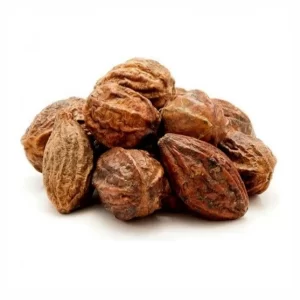
What are the side effects of ?
- Excessive consumption may lead to diarrhea or dehydration
- In Vata prakiti person it may lead to vata prakopa
- Side effects are of taking the drug in high doses, under the guidance of qualified vaidya, or in appropriate doses it is safe to consume.
Additional information
List of formulations
- Abhayrishtha
- Agatsya haritaki
- Brahma rasayan
- Triphala Churna
- Erand bhrust harde or Erand bhrust haritaki
Morphology – Vriksha (Tree)
Research
- Study of in vitro antibacterial activity of extracts from the plants of T. chebula. E. alba and O. sanctum were carried out by the disk diffusion technique. All showed such activity against human pathogenic Gram-positive and Gram-negative bacteria. The activity against Salmonella organisms was shown only by T. chebula; and against Shigella organisms by T. chebula and E. alba, but not by O. sanctum. The widest spectrum of antibacterial activity was shown by T. chebula. It was also most potent (Sjuata& Kulkarni, 1989).
- Various extracts prepared from the powdered fruits have been wide antibacterial and antifungal spectrum (Inamdar et al.,)
- It also inhibits the growth of E. coli, the most common organism responsible for urinary tract infection (Singh R.H. et al. 1974, and Meera et al., 1999).
- The oil in the kernel increased the motility of the GIT of the mouse. The action was comparable with castor oil. The oil by itself is non-irritant but releases an irritant principle when incubated with lipase (Miglani et al., 1971).
- LD50 of chebulin was 550 mg/kg in mice. IT exhibited antispasmodic action on smooth muscle similar to that of papaverine (J.Sci.Ind. as. 1962, 21C. 345)
- Ether extract showed higher antioxidant activity than BHA and BHT. Acid esters present in the phenolic fraction of extract were found most effective (Chem. Abstr. 1993, 119, 269367c.)
- T. chebula fruit extracts inhibited ATPase activity in the cardiac muscle of frogs in a dose-dependent manner (Azeem et al., 1990 & 1992).
- Various extracts prepared from the fruit rind of T-chebula have shown cardiotonic activity when tested on normal as well as hypodynamic isolated frog hearts. The extracts increased the force of cardiac output without altering the heart rate (Reddy et al., 1990).
- 46 children with diarrhea were given T. chebula and T. vulgare decoction. 57.17% of children were cured within 3 days of treatment (Sharma et al., 1984).
- T. chebula is found to possess hypoglycaemic activity on glucose-induced hyperglycemia in rats (Tripathi et al., 1979). (11) The laxative property of T. chebula is studied in one of the clinical studies. Symptoms other than frequency, evacuation, and consistency were improved with T. Chebula fruit powder (6 gm) given after meals for seven days. The total response of the drug was excellent in 20% of cases and good in 80% of cases of simple constipation. No side effects were reported (Tripathi et al., 1983).
- Antioxidant property of T. chebula is reported. Alcoholic extract 10-20 fg/ml markedly inhibited lipid peroxidation of mouse liver and lung homogenate and mitochondria. The above extracts effectively scavenge the oxygen-free radical produced by VB, plus light, and inhibit Ho-induced red cell hemolysis. 20 fg/ml of the extract significantly inhibited the chemiluminescence of human leukocytes induced by TPA (20ng/ml). The extract (50fg/ ml) also prevented DNA breaks of human leukocytes induced by TPA and cigarette smoke condensate (Fu Naiwu et al., 1992).
- The hypolipidemic action of ethyl acetate soluble fraction of the alcoholic extract of T. chebula stem in normal and Trition-treated rats is reported (Khanna et al; 1993 Amrithaveni et al., 2001).
- T. chelaula inhibited HIV-1 protease activity at a concentration of 25 microgram/ml in the fluorogenic assay (Xu H.X. et al., 1996).
- Aqueous extract of T. chebula (64-128 microg/ml concentration) exhibited the most prominent anti-HBV activities (KinT.G. et al., 1999).
- Bala Haritaki is found to be effective in reducing the levels of total lipids, serum TG, serum cholesterol, LDL, and VLDL significantly. On the other hand level of HDL is increased significantly (Sood & Sharma, 2000).
- The water-soluble fraction of T. chebula (WFTC) administration one hour before compound 48/80 injection inhibited com- pound 48/80 induced anaphylactic shock 100% with doses of 0.01 to 1.0 g/kg. When WFTC was administered 500 10 min. after compound 48/80 injection, the mortality also decreased in a dose-dependent manner. The results indicated that WFTC may possess a strong anti-anaphylactic action (Shin et al., 2001).
Conclusion
In summary, Haritaki, an esteemed herb in Ayurveda, presents a range of potential benefits, from antioxidant and anti-inflammatory properties to digestive and respiratory health support. Advocates emphasize its alignment with Ayurvedic principles and historical significance. However, ongoing scientific research prompts a nuanced perspective, urging caution and consultation, especially for individuals with specific health conditions. The discourse on Haritaki resides at the intersection of traditional wisdom and evolving scientific inquiry, emphasizing the importance of a balanced understanding in the pursuit of holistic well-being.

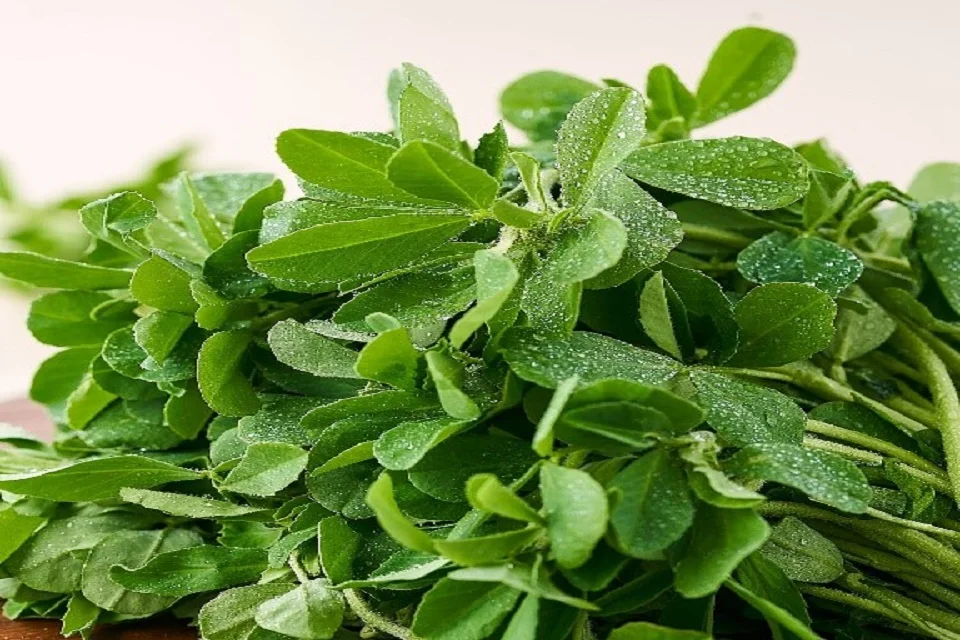




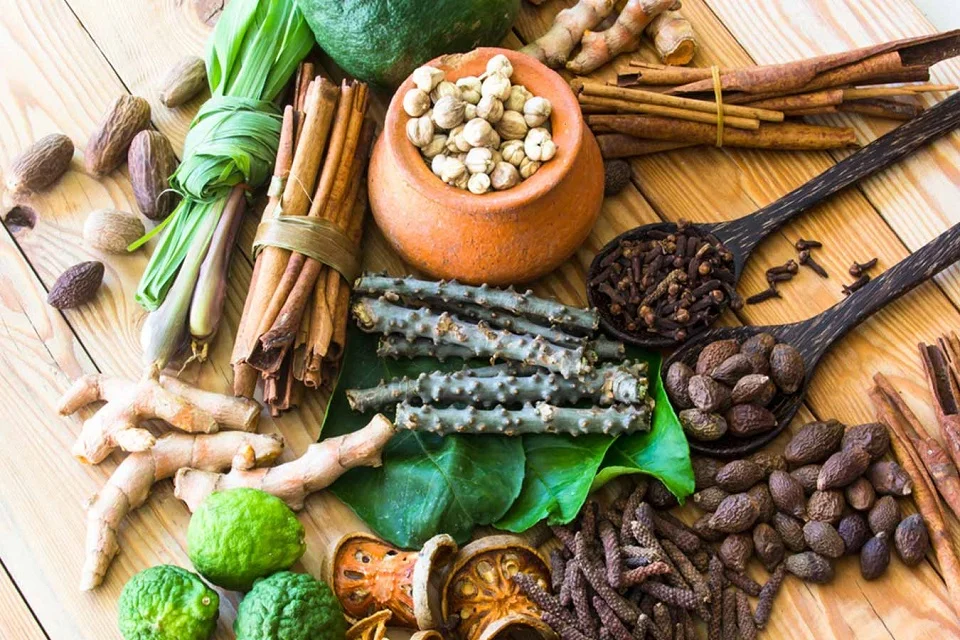

[…] seed. Vahbhatta described a tincture prepared from Vibhitaki known as Akshiki Sura . Like Haritaki and Amalaki it is one of the ingredients of […]
[…] Haritaki (Terminalia chebula): Mild Laxative: Supports bowel movements and alleviates digestive discomfort. Detoxifying: Assists in eliminating toxins from the body. Rejuvenating: Supports tissue regeneration and overall rejuvenation. […]
I simply could not leave your site prior to suggesting that I really enjoyed the standard info an individual provide for your guests? Is gonna be again often to check out new posts